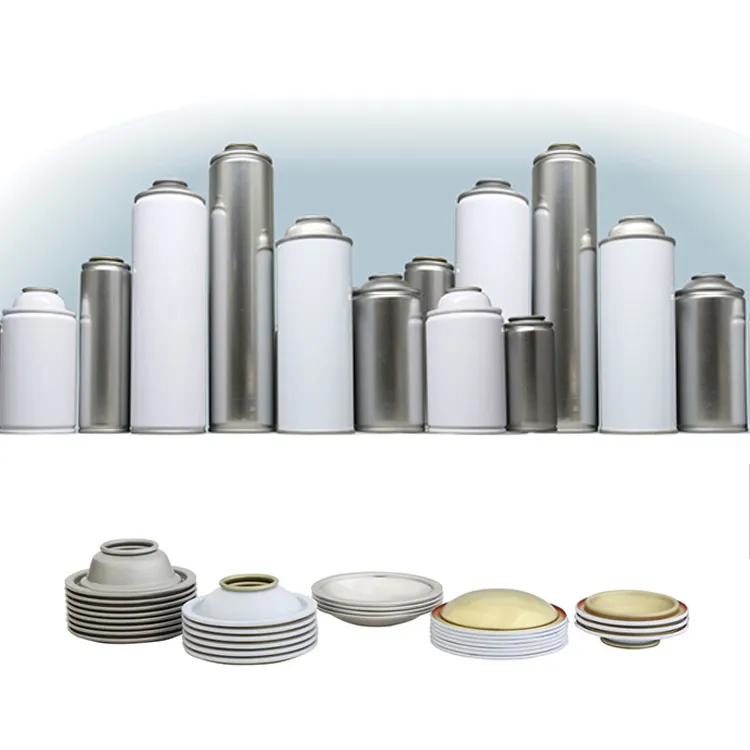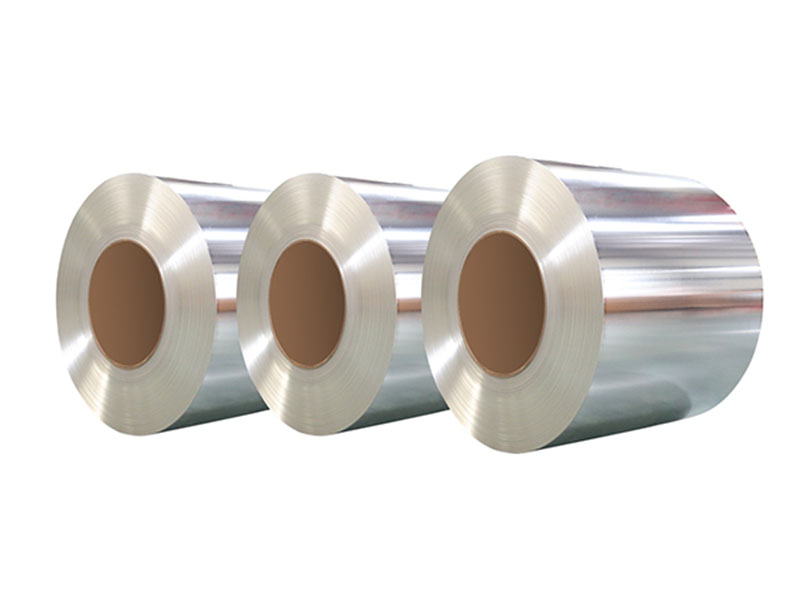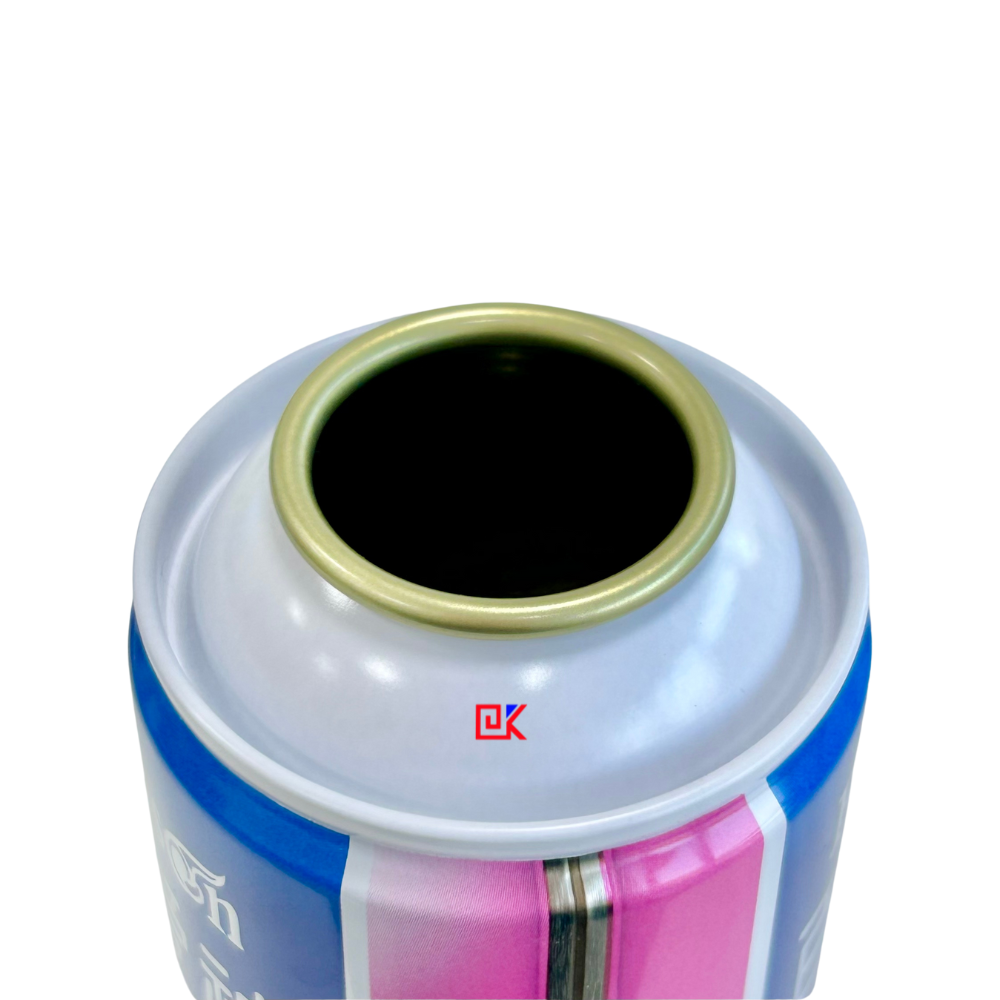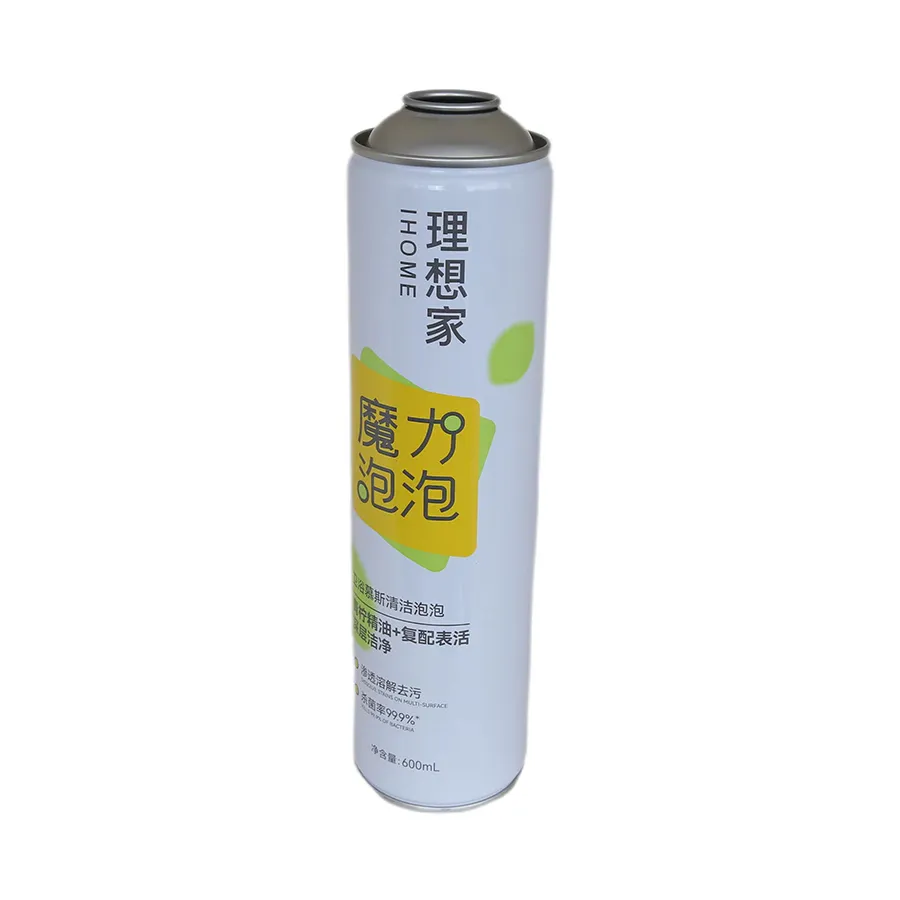Three-piece aerosol cans are a common form of aerosol packaging in modern life and industrial production, widely used for spray paint, cleaners, pesticides, cosmetics, and skincare products. They are popular due to their simple structure, low production cost, and ease of use.
However, many may wonder: What happens if a three-piece aerosol can is punctured? What dangers does this pose?
This article will provide a comprehensive and scientific understanding of the structure, internal pressure, chemical composition, and potential safety risks of three-piece aerosol cans.

Three-piece Aerosol Cans: Structure and Working Principle
To understand the risks of puncturing a three-piece aerosol can, it's important to first understand its basic structure and working principle. The term "three-piece" refers to the can's main components:
• Can Body: Made of tinplate or aluminum, it withstands internal pressure and seals gases and liquids.
• Bottom Closure: The bottom of the can is secured by stamping or welding to ensure an airtight seal.
• Top valve seat and spray head (Valve and Actuator): This includes the nozzle and valve body, and controls liquid spray.
Three-piece aerosol cans operate based on the compressed gas inside the can pushing the liquid out of the nozzle. The liquid and gas within the can work together in a sealed space, enabling a uniform and continuous spray of the spray product. The can is designed to withstand internal pressure, typically between 2 and 10 bar, to ensure safe use and effective spraying.
In addition, three-piece aerosol cans often contain a metal stirring ball to keep the liquid uniformly mixed and prevent sedimentation or stratification. This design also impacts the risk if the can is punctured, as the stirring ball adds impact during liquid spraying.

Direct Risks of Puncturing a Three-Piece Aerosol Can
Punching a three-piece aerosol can is an extremely dangerous act, potentially posing the following direct risks:
1. Risk of High-Pressure Explosion
Three-piece aerosol cans have high internal pressures. Puncturing the can instantly releases the compressed gas, causing the can to rupture rapidly. This explosion not only creates a powerful impact but can also eject metal fragments, causing cuts, punctures, or other serious physical injuries.
The risk of high-pressure explosions is particularly pronounced when temperatures rise or the can is exposed to sunlight for extended periods. This is because the gas inside the can expands due to heat, further increasing internal pressure. Once punctured, the danger increases significantly.
2. Flammability and Explosion Risk
Many three-piece aerosol cans contain flammable liquids or gases, such as butane, propane, alcohol, or organic solvents. Punctures can cause a sudden release of the gas or liquid, which can easily ignite or explode in the presence of an open flame or static spark. In enclosed environments, such as indoors or in vehicles, such explosions can cause serious property damage or even personal injury.
3. Chemical Leakage Risk
The liquid in three-piece aerosol cans may contain pesticides, cleaning agents, or cosmetic chemicals. Punctures can cause liquid splashing or vapor release, potentially causing the following problems:
• Respiratory irritation: Volatile solvents or pesticide vapors can irritate the nose, throat, and lungs. • Skin and eye injuries: Liquid splashing onto the skin or eyes may cause irritation or chemical burns.
• Environmental contamination: Large amounts of chemical leaks may contaminate the ground or air, increasing environmental risks.
4. Splash injuries
When a three-piece aerosol can is punctured, liquid and gas are ejected at high speed, potentially causing splash injuries. The sprayed liquid may hit the eyes, skin, or clothing, or even create a small splash shock wave, causing bodily injury.

Indirect Risks of Puncturing Three-Piece Aerosol Cans
In addition to direct physical and chemical risks, puncturing a three-piece aerosol can may also pose indirect risks, including:
• Fire-induced secondary explosion: Leaked flammable gas mixing with air and encountering an ignition source may cause a widespread fire, further igniting other combustible materials.
• Panic and escape hindrance: A punctured can may produce a loud noise and pungent odor, causing panic in nearby personnel and hindering safe evacuation.
• Damage to surrounding objects: The high-pressure spray of liquid and metal fragments may damage furniture, equipment, or electronic devices, increasing property damage.
Safety Considerations in Three-Piece Aerosol Can Design
Although three-piece aerosol cans have a certain degree of pressure resistance, they are designed for normal spray operation, not to withstand punctures or damage from sharp objects. The following safety factors were considered during design:
• Pressure Resistance: The can material and thickness are carefully calculated to withstand the pressure of compressed gas inside, but cannot withstand sharp external objects.
• Valve Safety Design: The valve allows liquid to spray smoothly, but cannot control the direction of pressure release in the event of a can rupture.
• Internal Liquid Uniformity: The stirring ball helps the liquid spray evenly, but it may increase the impact force during puncture, increasing the risk of injury.
Therefore, three-piece aerosol cans are not designed to withstand punctures or punctures. Their safety relies on proper use, not damage.
Safety Recommendations for Home and Industrial Use
1. Home Users
• Do Not Puncture: Never attempt to puncture a three-piece aerosol can with a needle, knife, or other sharp objects. Even an empty can presents a risk of high pressure and residual chemicals.
• Keep away from ignition sources: When using or storing three-piece aerosol cans, keep them away from open flames, high temperatures, or flammable materials.
• Safe Storage: Store in a dry, ventilated, and cool place, away from pressure, impact, and direct sunlight.
2. Industrial Users
• Strict Operating Regulations: Industrial operations using large quantities of three-piece aerosol cans should establish standard operating procedures and prohibit puncturing or disassembling the cans.
• Hazardous Goods Management: Three-piece aerosol cans containing flammable or chemically active liquids should be stored and transported in accordance with hazardous goods regulations.
• Training and Emergency Measures: Operators should receive training on the risks of puncturing the cans and be equipped with protective equipment such as fire extinguishers, protective gloves, and goggles.
Legal and Safety Regulations
Safety regulations in many countries and regions clearly define three-piece aerosol cans as hazardous goods or pressure vessels, prohibiting their arbitrary destruction or puncturing. Key legal provisions include:
• Hazardous Chemicals Management Regulations: Prohibit puncturing or exposing aerosol cans to high temperatures, emphasizing safe storage, transportation, and use.
• Aviation and Transportation Regulations: During air and express delivery, three-piece aerosol cans must be handled in accordance with hazardous materials regulations. Punctures and crushing are prohibited.
• Public Safety Promotion: The government and manufacturers inform users through packaging warning labels and instructions that punctures or unauthorized modifications to aerosol cans are prohibited.
Compliance with regulations not only ensures personal safety but also reduces the risk of accidents.

Can I puncture a three-piece aerosol can?
No! Puncturing a three-piece aerosol can is extremely dangerous and can lead to multiple risks, including high-pressure explosions, flammable explosions, chemical leaks, and splash injuries. Even when the can is empty, residual pressure and chemical components may remain inside, posing a potential hazard. The safety design of three-piece aerosol cans is based on normal use. Their structure, materials, and internal compressed gas are not designed to withstand puncture.
Why choose Dekai as your tinplate supplier in China?
Dekai is one of the leading metal packaging companies in Guangdong, China, with 50,000㎡ of production space and multiple automatic production lines. We provide high-quality tinplate packaging, cheap prices, wholesale supply, and customized services. Many buyers select Dekai because they can purchase directly from the manufacturer, reducing costs while ensuring reliability. Our team provides fast quotes, discount promotions, and flexible purchasing options.

